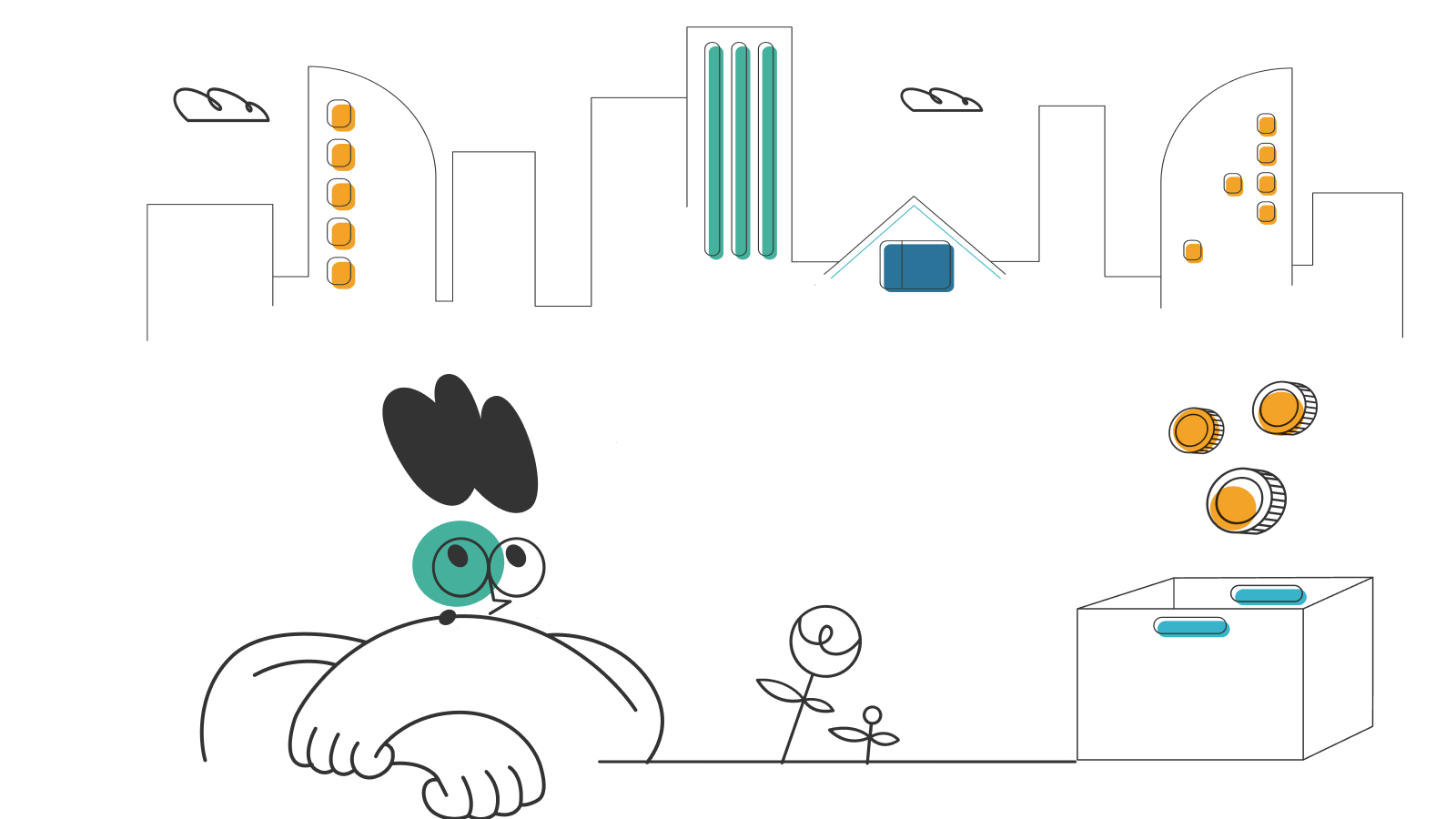How to Transfer Utilities and What You Need to Start, Stop Services

Moving soon? Get organized with our free moving checklist.
Moving to a new home is exciting, but transferring your utilities can be a hassle if you’re not prepared. Staying organized and planning ahead are key to ensuring a smooth transition. Here’s your go-to guide on how to transfer utilities efficiently and stress-free.
Quick Tips for Transferring Utilities
- Start early: Begin the process at least 2 weeks before your move.
- List your current utilities: Include account numbers and contact information.
- Research new providers: Find utility companies in your new area.
- Schedule disconnections and connections: Set up dates to ensure seamless service.
- Prepare necessary documents: Especially for water and waste services.
- Check HOA coverage: Some fees might cover utilities.
- Pay outstanding balances: Clear your bills and return equipment.
- Confirm transfers: Double-check with providers before moving day.
- Audit your new home: Conduct an energy audit after moving in.
Step-by-Step Guide to Transferring Utilities
1. Start Early
Begin the transfer process 2 to 4 weeks before your move. Summer is peak moving season, so schedule early to avoid delays.
2. List Your Current Utilities
Compile a list of your utility companies with account numbers and contact info. Common utilities include:
- Electricity
- Gas
- Internet/TV
- Water
- Waste Removal
3. Find New Providers
Research which utility companies service your new area. Use local government websites or ask your realtor for recommendations.
4. Contact Utility Companies
Check if you can transfer services online. Otherwise, call each provider at least 2-3 weeks in advance. For services needing in-home appointments like cable or internet, call a month ahead. Keep these details ready:
- Account number
- Shut-off and activation dates
- New address
5. Documents for Water and Waste Services
Set up water and waste removal services through your city or county. Have these documents ready:
- Proof of identity (driver’s license, passport)
- Proof of residence (lease agreement, mortgage)
- Completed service application
6. Check HOA Coverage
If you’re moving to a community with an HOA, check if your fees cover utilities like water, sewerage, gas, and waste disposal. This can simplify your bill payments.
7. Pay Balances and Return Equipment
Clear any outstanding balances with your utility companies to avoid future credit issues. Return rented equipment to your internet provider.
8. Schedule Final Meter Readings
Arrange for final readings of your gas, electricity, and water meters. Keep a copy of the readings for your records.
9. Confirm Utility Transfers
A few days before your move, confirm with each provider that your utilities will be activated on time. Have your list of account numbers handy.
10. Conduct an Energy Audit
After moving in, consider an energy audit to identify any efficiency improvements. This can help reduce your energy bills in the long run.
FAQs About Transferring Utilities
How much does it cost to transfer utilities? Costs vary by company. Some may charge a reconnection or transfer fee. Ask your utility provider for details.
How can renters transfer utilities? Check your lease to see which utilities you’re responsible for. Contact your landlord for preferred providers and transfer as needed.
Can the title company transfer utilities when selling a house? No, the title company can only flag unpaid balances. Utilities must be transferred by the buyer and seller.
Who is responsible for transferring utilities? The seller pays for utilities until closing day. The buyer takes over after acquiring the home. Coordination between both parties ensures no service disruption.
Can I have two utility connections? Yes, if you own multiple homes, you can have utilities at each location.
Now that you know how to transfer your utilities, make sure to check out our life hacks to help you save money on energy bills in your new home!
Moving soon? Get organized with our free moving checklist.
Internet and TV tips
Switching providers and don’t know where to start? We can help.













